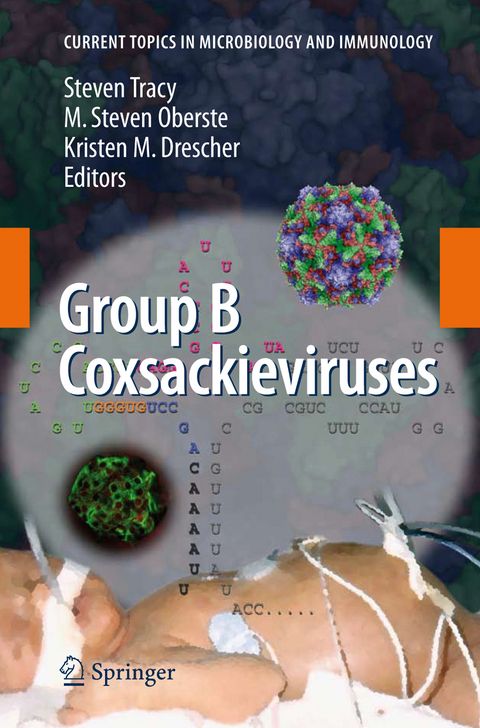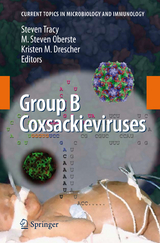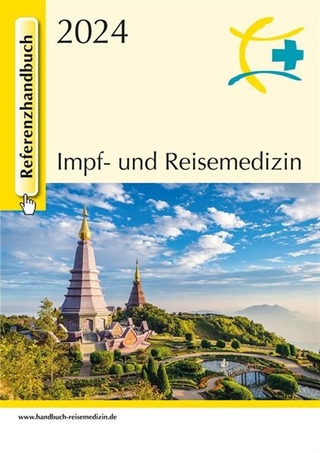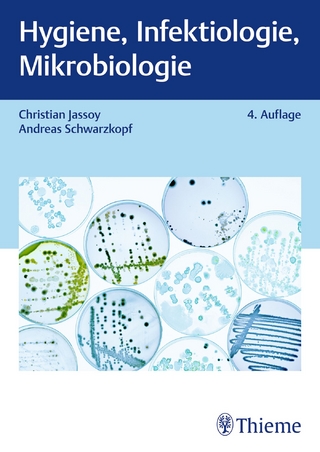Group B Coxsackieviruses
Springer Berlin (Verlag)
978-3-540-75545-6 (ISBN)
CVB Genetics.- Coxsackieviruses and Quasispecies Theory: Evolution of Enteroviruses.- Comparative Genomics of the Coxsackie B Viruses and Related Enteroviruses.- Group B Coxsackievirus Virulence.- CVB Entry and Replication.- The Coxsackievirus and Adenovirus Receptor.- Coxsackievirus B RNA Replication: Lessons from Poliovirus.- CVB Translation: Lessons from the Polioviruses.- Preferential Coxsackievirus Replication in Proliferating/Activated Cells: Implications for Virus Tropism, Persistence, and Pathogenesis.- Host-Virus Interaction.- The Impact of CVB3 Infection on Host Cell Biology.- Host Immune Responses to Coxsackievirus B3.- Pediatric Group B Coxsackievirus Infections.- CVB-Induced Pancreatitis and Alterations in Gene Expression.- The CVB and Etiology of Type 1 Diabetes.- Persistent Coxsackievirus Infection: Enterovirus Persistence in Chronic Myocarditis and Dilated Cardiomyopathy.- Autoimmunity in Coxsackievirus Infection.- CVB Infection and Mechanisms of Viral Cardiomyopathy.
| Erscheint lt. Verlag | 18.2.2008 |
|---|---|
| Reihe/Serie | Current Topics in Microbiology and Immunology |
| Zusatzinfo | XIX, 340 p. |
| Verlagsort | Berlin |
| Sprache | englisch |
| Maße | 155 x 235 mm |
| Themenwelt | Medizin / Pharmazie ► Medizinische Fachgebiete ► Mikrobiologie / Infektologie / Reisemedizin |
| Naturwissenschaften ► Biologie ► Mikrobiologie / Immunologie | |
| Schlagworte | autoimmunity • chronic myocarditis • chronic pancreatitis • coxsackievirus-adenovirus receptor • CVB entry • CVB genetics • CVB infection • CVB replication • enterovirus persistence • Infection • Infections • poliovirus • quasispecies theory • Virus |
| ISBN-10 | 3-540-75545-4 / 3540755454 |
| ISBN-13 | 978-3-540-75545-6 / 9783540755456 |
| Zustand | Neuware |
| Haben Sie eine Frage zum Produkt? |
aus dem Bereich




